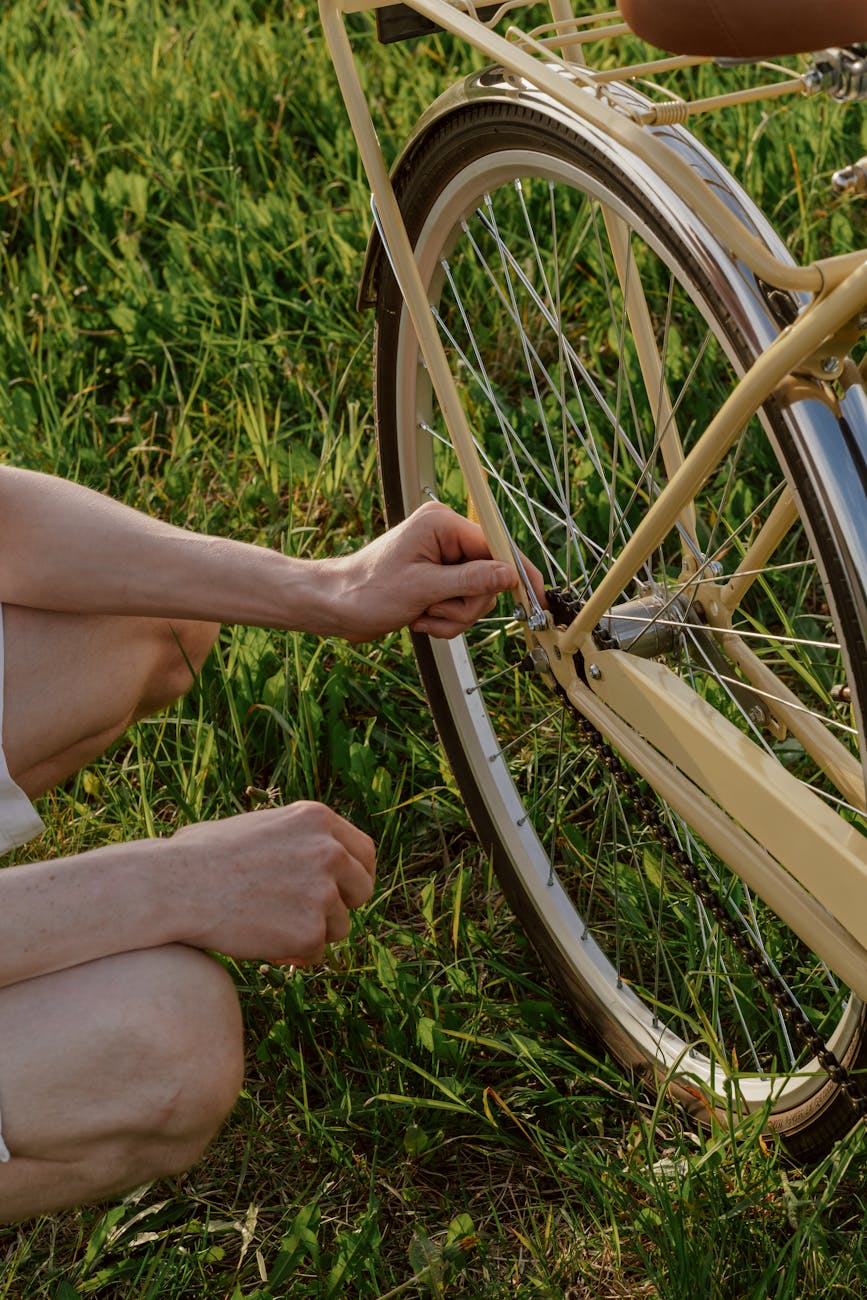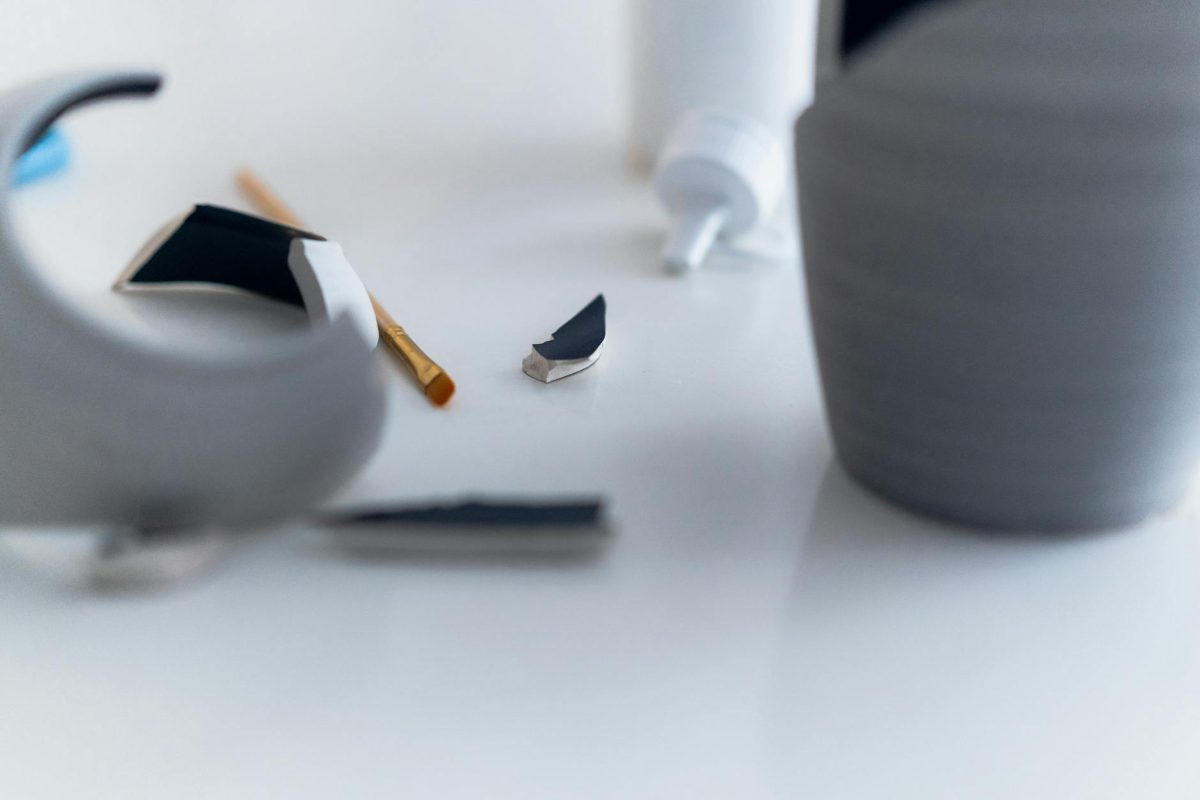Cycling is a fantastic way to stay active, explore the outdoors, and promote a healthy lifestyle. However, maintaining your bike can sometimes feel daunting, especially if you’re on a budget. Fortunately, there are several beginner-friendly bike repair hacks that can help you keep your bike in top shape without breaking the bank. Whether you’re a casual rider or a seasoned cyclist, these effortless tips will make maintenance more manageable and enjoyable.
1. Essential Tools Every Cyclist Needs
Before diving into bike repair, it’s crucial to have the right tools. While professional bike repair kits can be expensive, you can start with some basic essentials that won’t cost a fortune. Invest in a quality bike multi-tool, tire levers, a pump, and chain lubricant. These tools will come in handy for most basic repairs and maintenance tasks.
2. Keep Your Bike Clean
Regular cleaning is essential for bike maintenance. Use a gentle bike-specific cleaner or mild soap and water to clean the frame, wheels, and drivetrain. A clean bike not only looks better but also performs better. Remember to avoid using high-pressure water, as it can damage sensitive components.
3. Check and Inflate Your Tires
Proper tire maintenance is key to a smooth and safe ride. Check your tire pressure regularly using a gauge and ensure they are inflated to the recommended PSI (pounds per square inch) as indicated on the sidewall of the tire. Underinflated tires can lead to increased rolling resistance and more frequent punctures.
4. Learn Basic Brake Adjustments
Brakes are a crucial safety feature on your bike, so it’s essential to keep them in good working condition. Learn how to adjust your brake pads so that they are aligned properly with the rim. Additionally, check the brake cables for signs of wear and replace them if necessary. Properly functioning brakes can prevent accidents and ensure a safe ride.
5. Master the Art of Chain Maintenance
A well-lubricated chain is essential for smooth shifting and efficient pedaling. Keep your chain clean by regularly wiping off dirt and grime with a rag. Apply a bicycle-specific chain lubricant and wipe off any excess to prevent attracting more dirt. A well-maintained chain will extend the life of your drivetrain components and improve overall performance.
6. Tighten Loose Bolts
Regularly check all the bolts on your bike, including those on the stem, handlebars, seat post, and pedals. Loose bolts can lead to unwanted creaking noises and compromise the structural integrity of your bike. Use a torque wrench to ensure that bolts are tightened to the manufacturer’s specifications.
7. Learn How to Fix a Flat Tire
Flat tires are a common occurrence for cyclists, but they don’t have to ruin your ride. Learn how to fix a flat tire by carrying a spare tube, tire levers, and a pump with you on every ride. Practice changing a tube at home so you’ll be prepared when you encounter a flat on the road.
By following these beginner-friendly bike repair hacks, you can save money on professional repairs and keep your bike in excellent condition. Remember that regular maintenance is the key to a long-lasting and enjoyable riding experience. With a little bit of effort and know-how, you can become a self-sufficient cyclist and tackle basic repairs with confidence. Happy riding!









